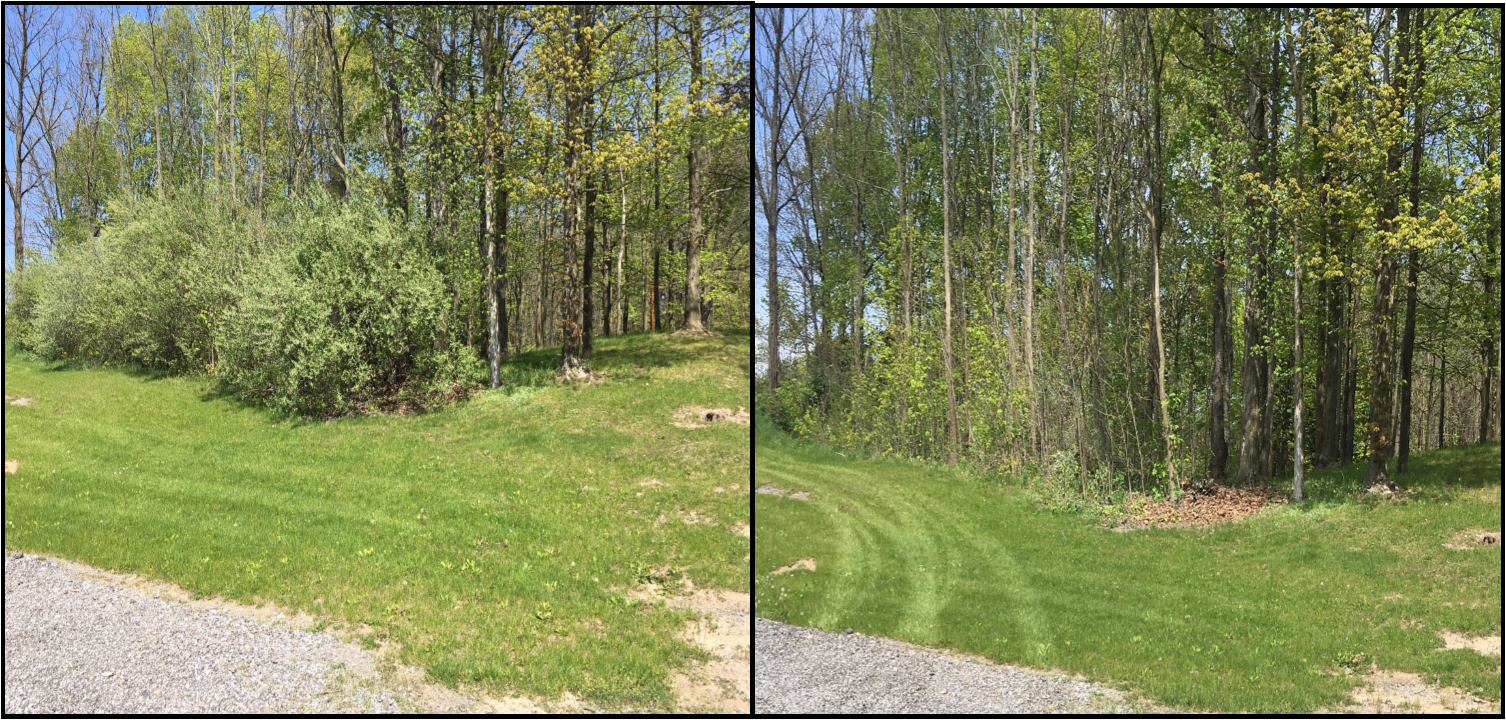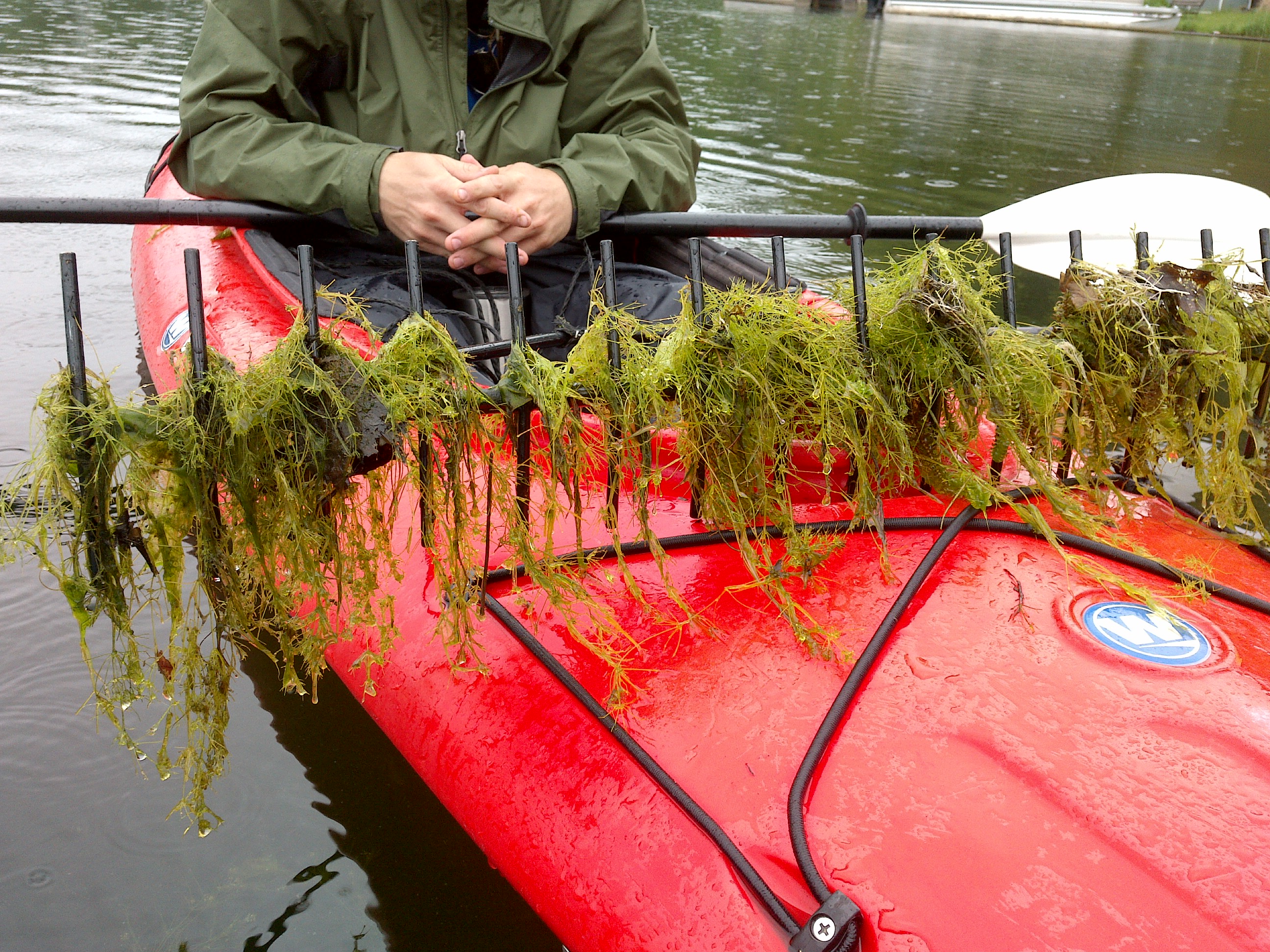BABKAN ZHE GAJË-DAYÊK MANAGEMENT
About the Project
Our creator provided specific instructions for the Neshnabék people, and our spiritual law dictates how we must take care of and look after our Grandmother Earth. Throughout the Tribe’s history, certain species of plants and animals have become culturally significant for a number of factors including, but not limited to, food, clothing, medicine, tools and cultural practices. Forest resources such as shenamesh (sugar maple trees), used for the production of maple syrup, and wisgak (black ash trees), used for the construction of baskets, are of particular importance to the Gun Lake Tribal community. After the discovery of multiple babkan zhe gajë-dayêk threating Tribal property, the Tribe created the Invasive Species Management Plan (ISMP) to guide babkan zhe gajë-dayêk control efforts on Tribal lands. The purpose of the ISMP is to improve and protect native plant and animal diversity, improve aesthetic and recreational uses, and improve wildlife habitat on Tribal properties. The ISMP focuses on practical strategies and actions that will help to reduce the impact of babkan zhe gajë-dayêk on culturally significant resources and the native ecosystem. The Environmental Department strives to minimize the damage to Tribal resources by babkan zhe gajë-dayêk through eradication of known outbreaks and restoration efforts to prevent future babkan zhe gajë-dayêk establishment. To accomplish this, the Tribe will monitor babkan zhe gajë-dayêk, protect our threatened trees and control and/or eradicate babkan zhe gajë-dayêk while restoring native species. Through babkan zhe gajë-dayêk prevention and response, the Tribe will protect our traditions, land and natural resources for future generations.

In accordance to traditional belief, mbish (water) represents the sacred connection we have with all life. Mbish literally means the substance that supports our life or path on Grandmother Earth. It is mbsih that opens the door way of life. The Great Lakes Basin holds a vast history of honoring the resources that were bestowed upon her people. Bmadze yawen I mbish (water is life). Aquatic invasive species (AIS) threaten native life, systems and economies that rely on our fresh mbsih. Managing AIS within the inland lakes and streams is an important part of the Gun Lake Tribe’s commitment to managing natural resources and protecting resources culturally significant to the Tribe. Control efforts are focused within the Great Lakes Basin, with targeted focus on the Kalamazoo River Watershed specifically the Gun River and Rabbit River sub-watersheds and associated lands. Comprehensive vegetation surveys were conducted on Tribal waters and invasive species surveys have been conducted and mapped at additional waterways. Prevention through education and outreach of the Tribal community and public is a large portion of this project. These actions will help with the management of AIS before these species become widespread and too costly to treat.



